Edinburgh's Royal Botanic Garden celebrates 350th anniversary
- Published
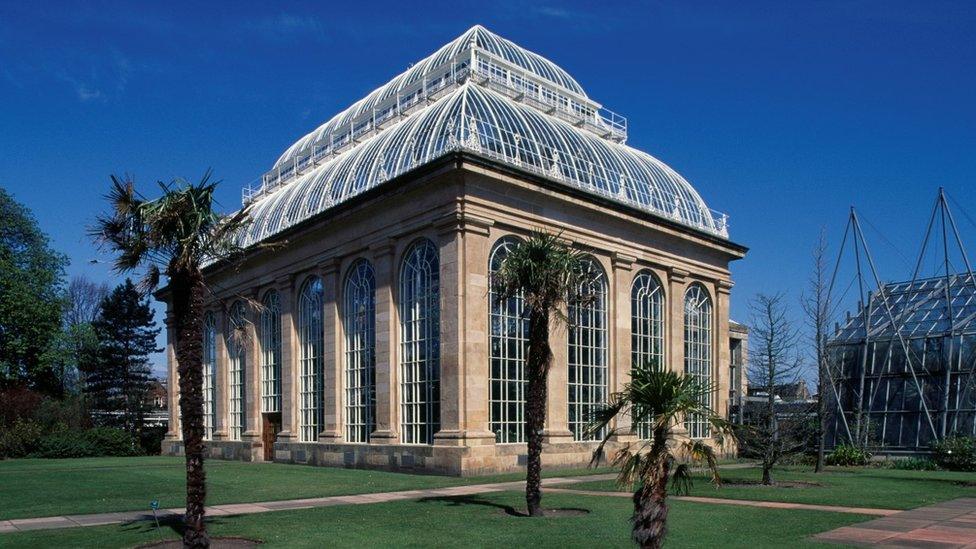
The Royal Botanic Garden in Edinburgh is celebrating 350 years of science and conservation work
It started off on a piece of land about the size of a tennis court, 350 years ago. But now the Royal Botanic Garden Edinburgh occupies about 70 acres in the city, with other sites in Scotland and abroad, and is a leading research centre for plant science and conservation.
As RBGE celebrates its 350th anniversary, it is holding various events to look back at its origins, and forward to 21st Century challenges.
How the garden grew
It all started back in 1670, when two Edinburgh doctors - Robert Sibbald and Andrew Balfour - set up a physic garden, to explore the links between plants and medicine, for the benefit of society.
Today's Regius Keeper - the overseer of the garden who is appointed by the reigning monarch - Simon Milne says that ethos has endured and expanded.
"From the size of a tennis court we now have four gardens in Scotland and are working in 35 countries around the world, and our education programmes go out to 50 countries," he says.
"We've come a long way and we owe an awful lot to our founding fathers."
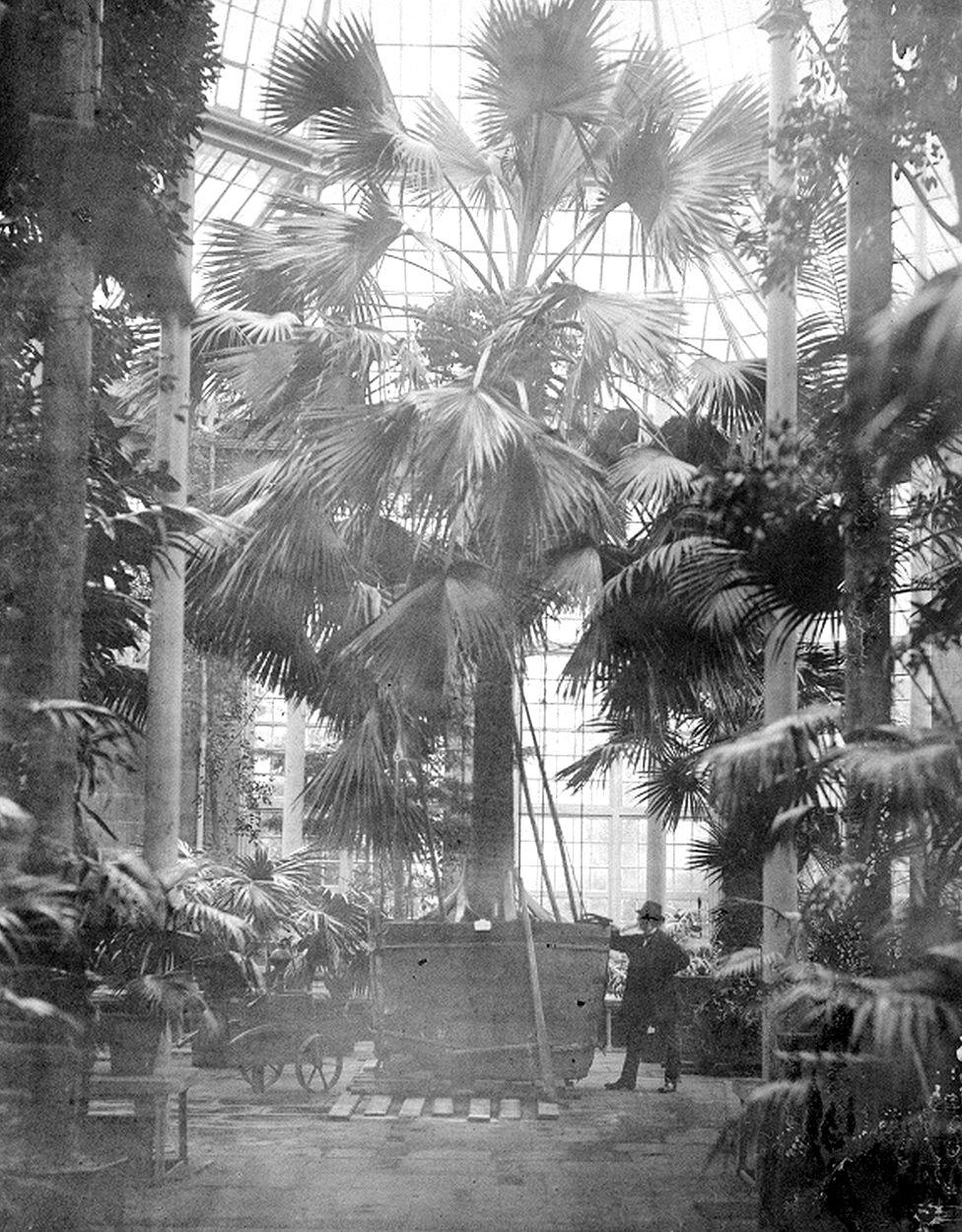
The Sabal Palm came to Edinburgh in 1822
The herbarium at the gardens in Edinburgh contains more than three million preserved specimens, gathered from around the world over three and a half centuries.
There are thousands of species growing at the Edinburgh site and the other gardens in Dawyck in the Borders, Logan near Stranraer and Benmore in Argyll.
The oldest living plant in the collection is thought to be the Sabal Palm, which came to Edinburgh in 1822.
Cultivating science
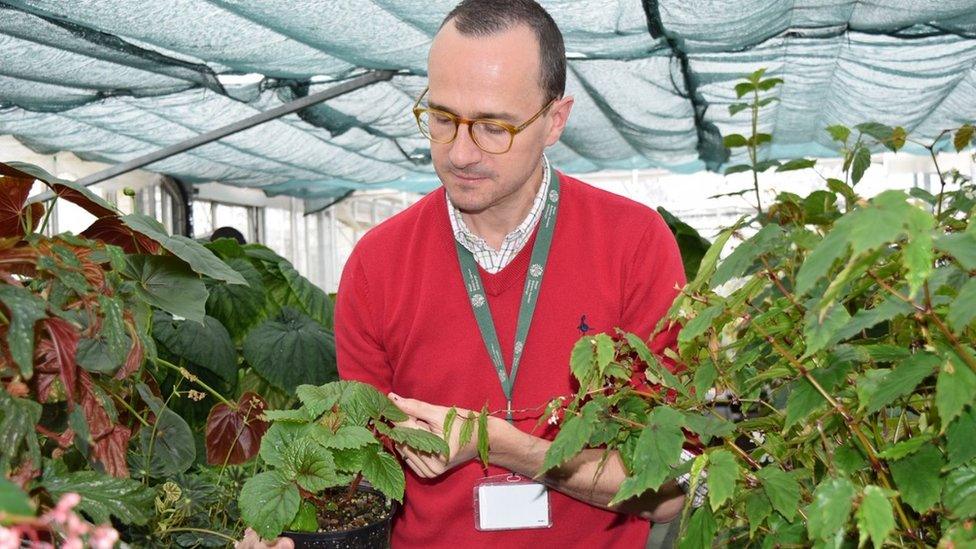
Scientists at the Botanic Garden carry out important research and conservation work
The keeper of collections, David Knott, says these are great places to visit, but there is also vital science going on.
"We're cultivating a wide range of plants from across the world and some of these are grown in the research glass houses and perhaps survive in their native habitats and nowhere else," he says.
"We're also cultivating a number of plants that are extinct in their native habitats."
Events had been planned to celebrate the 350th anniversary, but many had to be cancelled because of the coronavirus pandemic.
However, a revised programme will go ahead this autumn, including an online global panel discussion covering issues such as plant extinction, conservation and global biodiversity.
Flower show
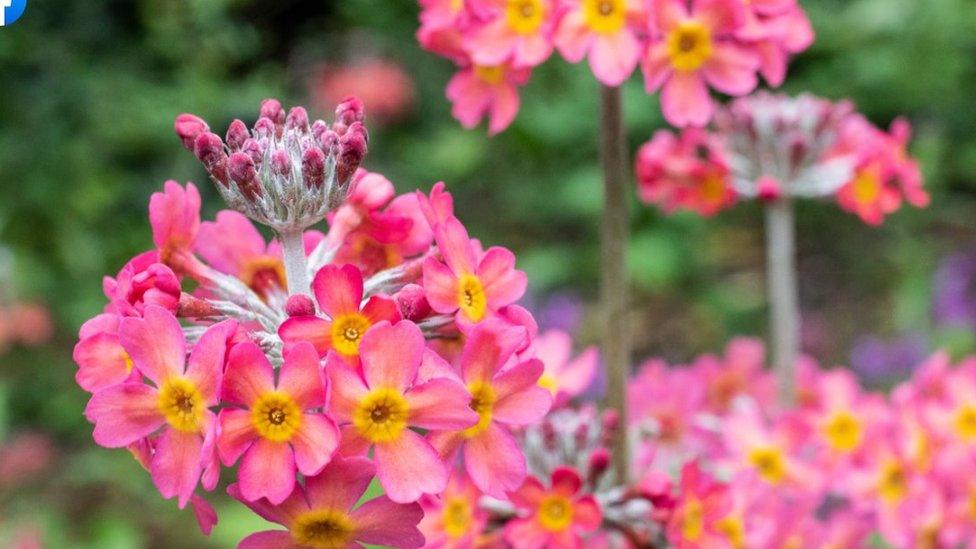
The RBGE had been due to display at the Chelsea Flower Show but it was cancelled due to Covid-19
Part of the 350th celebrations included the RBGE's first ever trip to the Chelsea Flower Show, which also had to be cancelled.
But Susie Huggins, who is the co-ordinating the anniversary events, says they will get another chance to exhibit in London.
"The Royal Horticultural Society have invited us back next year. We'll go with the same magnificent display we'd been planning," she says.
"We'll focus on our research and conservation work, looking at what we do to save the world's plants, what we do in the world that makes a mark."
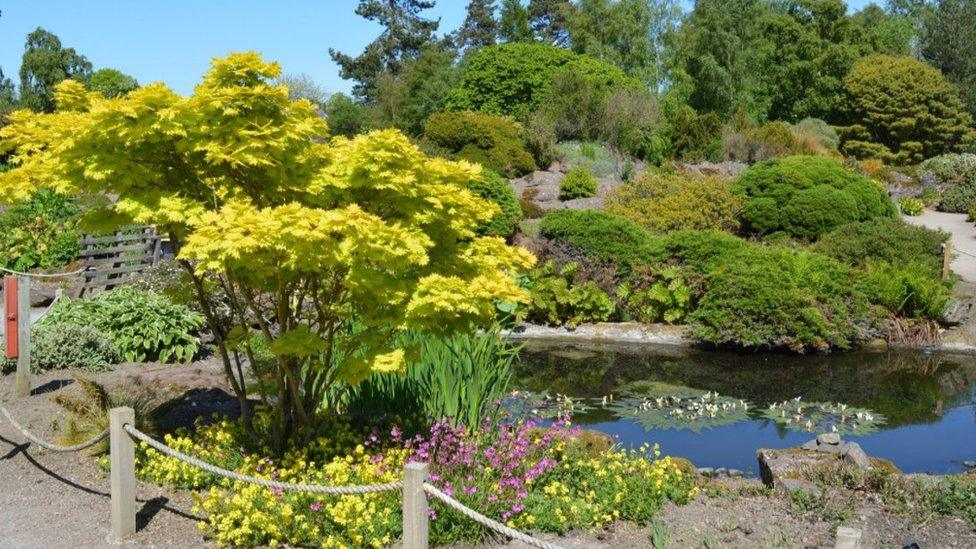
Limited numbers of people can now visit the gardens which have reopened following lockdown
Visitors are once again allowed to visit the gardens, although in limited numbers at the moment.
Lockdown has meant a loss of revenue, but Simon Milne is already planning long into the future.
"We're launching the Edinburgh Biomes project which will see the rebuild of a lot of our mission critical facilities," he says.
"The palm house needs to be renovated and restored. There will be new sustainable buildings, new educational facilities that will take us through the next 25, 50,100 years so we can remain at the forefront of plant science and conservation.
"We'll be building a fantastic new glass house which will make an even better visitor attraction."
Visitor memories
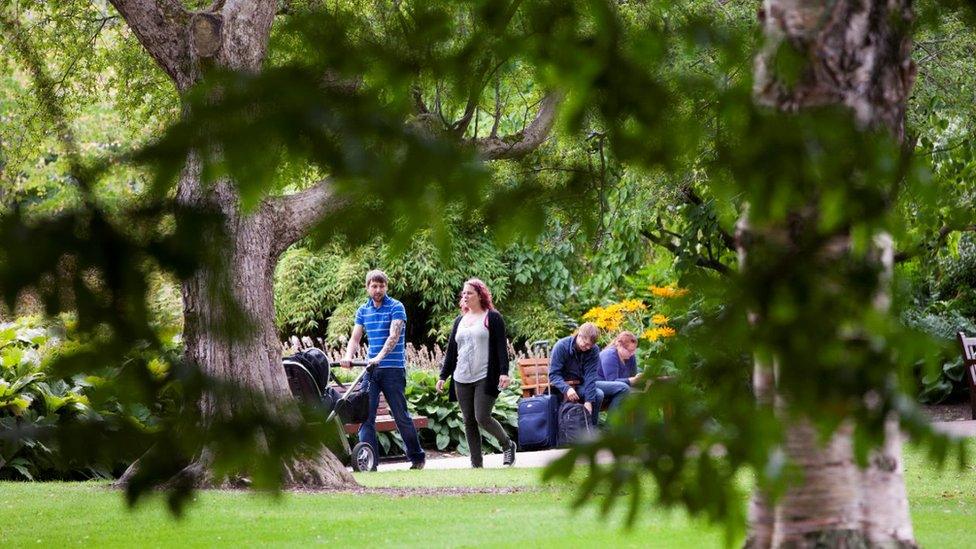
THE RBGE wants visitors to share their stories about the gardens
As part of the celebrations, the Royal Botanic Garden Edinburgh wants to hear from members of the public about their experiences of the garden.
"We want to know everyone's memories," says Susie Higgins.
"Did you come here as a child, bring your own children, get married here? Is there a favourite spot where you find solace? We want to say it's not just our RBGE, it's your RBGE."